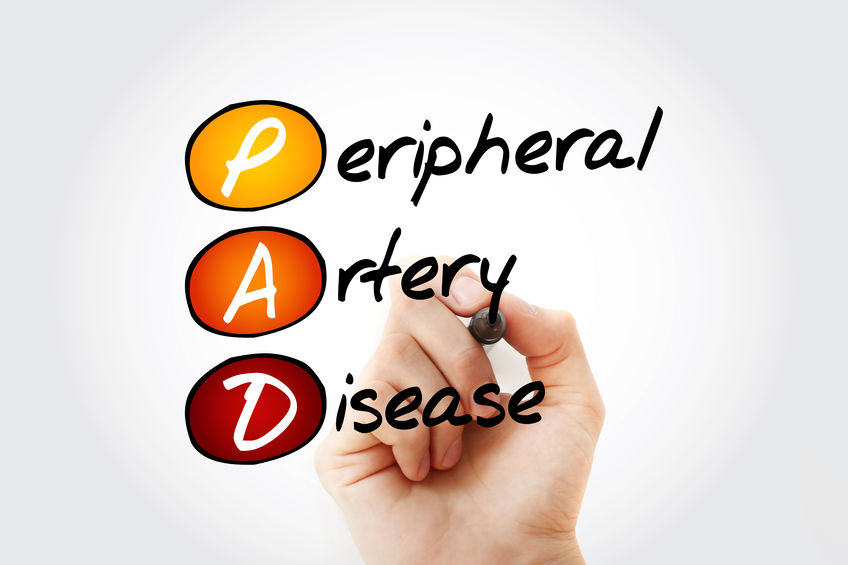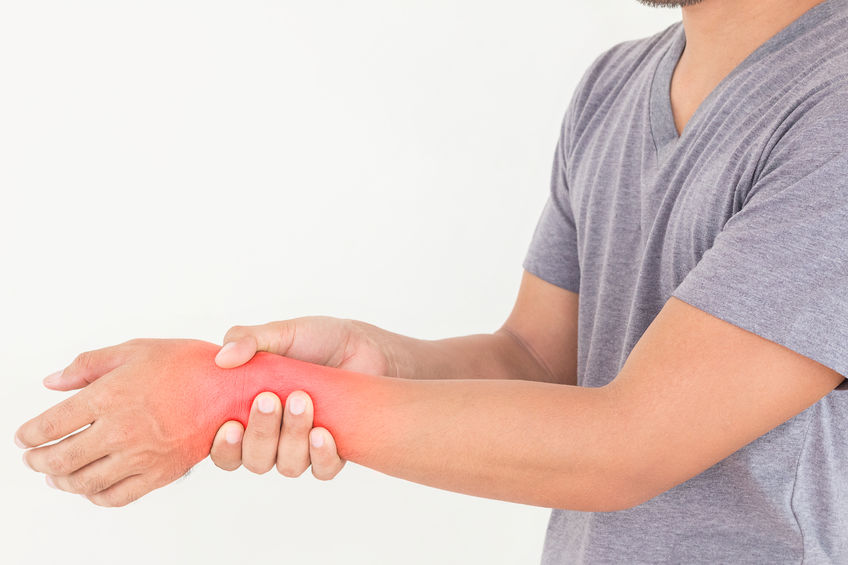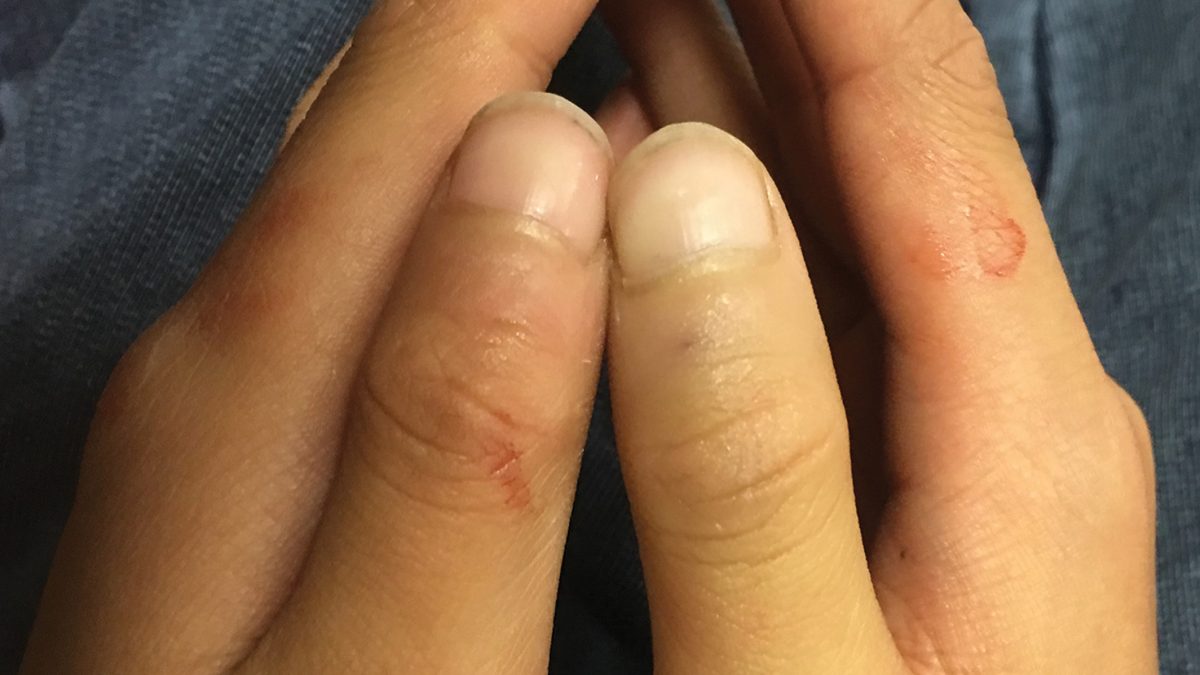
Peripheral vascular disease – causes and diagnoses
21st October 2020
Single painful joints in patients presenting to the Emergency Department
4th November 2020High pressure injection injuries (HPI) are an infrequent occurrence and therefore rarely encountered in the Emergency Department. However, they are a true surgical emergency, despite the fact that they may initially present as small, benign wounds. It is critical that any emergency clinician be able to recognize the signs and risks associated with the injection at pressure of a foreign substance into the tissue of the hand.
A delay in identifying and treating such injuries can lead to tissue necrosis, loss of function and even limb amputation. (Sarwar et al., 2014) The seemingly harmless appearance of the puncture site can mask the severity of tissue damage and trauma that can be caused by an HPI. The key part of the assessment in the Emergency Department is for the assessing clinician to take an accurate history of the mechanism of injury. Treatment of the visible injury is less important than recognising the potential chemical irritation, inflammation or secondary infection that it could cause. (Ryan & Johnstone, 2017)
For the purpose of diagnosis, it is helpful to know that this type of injury is more common among young male labourers using industrial agents (i.e. paint, automotive grease, solvents). The prognosis depends on the type and volume of injected material and the timing of treatment. Oil-based paints and solvents are more likely to cause tissue necrosis than water-based paints. (Eells et al., 2019)
Another potential scenario for an injection injury comes from using epinephrine autoinjectors. The inadvertent administration of adrenaline into a digit could lead to tissue ischemia or gangrene due to adrenaline’s vasoconstriction properties. Treatment of these injuries may require an injection of drugs such as phentolamine or terbutaline to increase blood flow. (Wright, 2014). A recent review article (1) noted that the urgent treatment required was not wel known and proposed a simple treatment algorithm.
For HPI injuries, it is essential to keep in mind that if the injected finger appears normal rather than bloated, pale or cold, that does not indicate that the injury is not severe. These symptoms will likely develop the longer the injury is left untreated. For this reason, it is important to document the type of injected material as well as the time elapsed since injury, along with symptoms. Radio-opaque dyes and paint can be detected with simple radiographs, but these should not be relied on exclusively as a diagnostic tool as not all materials will be captured and clinical suspicion by the treating clinician in the Emergency Department is one of the key factors in preventing the already severe injury becoming life changing
In some cases, a non-operative approach can be successful. This is more likely when the injected foreign substance is organic in nature, thus less likely to cause tissue necrosis or bacterial growth. On the other hand, waiting to operate could mean that subsequent surgical treatment will need to be more extensive and have a higher risk for secondary infection. Most cases of HPI require emergent surgical debridement to ensure a successful outcome. The most important thing for an emergency department clinician to remember is that although these injuries may appear benign at first, the consequences can be devastating if appropriate treatment is not administered swiftly and urgent referral to an appropriate surgeon is undertaken.





1 Comment
[…] a tendon is completely divided, the finger with the injured tendon will not function properly. In a flexor tendon injury (the tendons that bend the finger), the finger remains straight while the others bend (the pointing […]